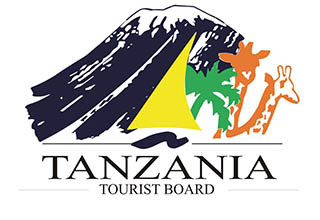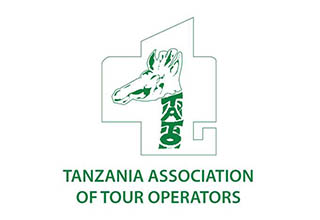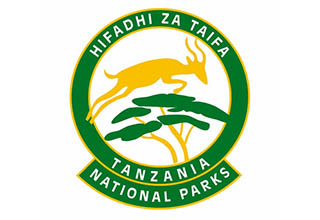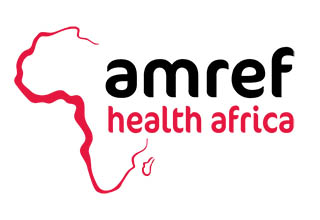
One of the best things about Kilimanjaro is she can be climbed all year round. That said, most people prefer climbing in the dry seasons, December to March and June to October, as they don’t like getting wet! The busiest months are over the European summer holidays: July, August and September, so if you prefer fewer crowds it’s worth giving that some consideration too.
While climbing Kilimanjaro is a challenge, any moderately fit person can do it. You don’t need to have climbed a mountain before or any technical climbing experience to reach the summit.
It’s a good idea to do some light training such as aerobic exercises, cross-training or hiking in the month leading up to your climb. Doing this will make your experience more enjoyable for you, as your body will be better prepared for the rigours of climbing. The fitter you are the easier the climb should be.
If you’re climbing the Marangu route then you’re in luck, as you’ll sleep in dormitory huts in lieu of camping. On the other trails, you’ll be sleeping under the stars in mountain tents. While they’re certainly not comparable to a five-star hotel, we’ll make sure you keep warm and cosy with comfortable sleeping bags!
Know what a long-drop is? Well out on the trails, it’s that or finding a private spot behind a tree. The public long-drops aren’t cleaned regularly so we know which we prefer! At the campsite, we’ll set up a bathroom tent with a portable toilet in it.
The simple answer is no. We’ll supply hot water so you can wash your face, but if you want to freshen up more than that wet wipes are your friend.
All meals are included in our packages, and we do our best to make sure they’re tasty as well as super nutritious. Typical foods include eggs, fruit, bread, jam, sandwiches, chicken, vegetables, rice, pasta and soup all washed down by copious quantities of tea, coffee and hot chocolate! If you’ve got any dietary requirements please please let us know beforehand so we can prepare.
Altitude sickness can strike anyone regardless of age or fitness ability – but there are steps you can take to reduce your chances of getting it. These include:
The temperature can change dramatically on Kilimanjaro, so it’s good to be prepared for all conditions. Staying warm and dry will help you enjoy the experience, so clothes that you can layer up are ideal.
Altitude sickness can strike anyone regardless of age or fitness ability – but there are steps you can take to reduce your chances of getting it. These include:
Kilimanjaro is a safe climb, but nothing in life is ever certain especially as mountains can be unpredictable. The best thing to do is always listen to your guides as they have your wellbeing and safety as their primary concern. We’ll say that again as it’s so important: listen to your guides especially when they tell you to slow down!





Copyright © 2024 Parks Africa Safaris. All rights reserved. Design by TNT Factory.